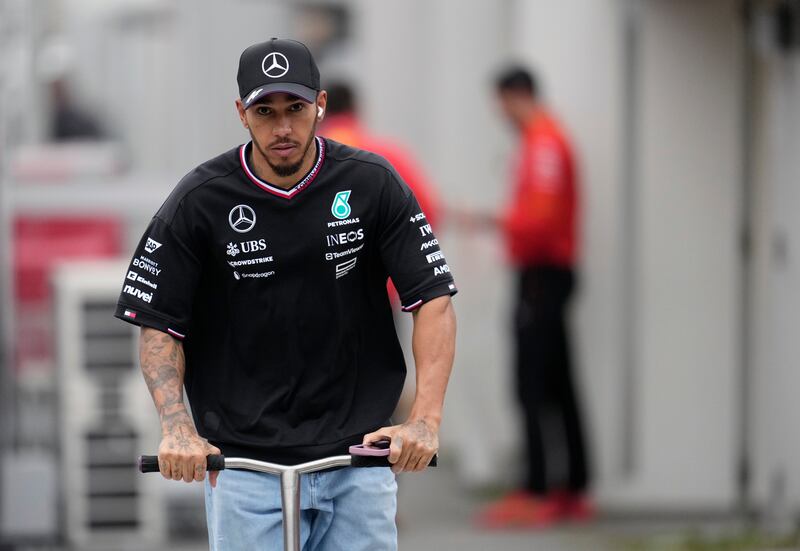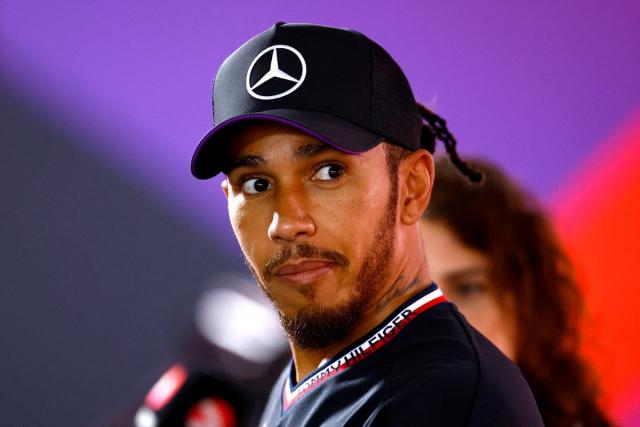Hamilton Reflects on Struggles, Russell’s Pace, and Team Performance at Japanese Grand Prix
Lewis Hamilton was left grappling with the challenges posed by his Mercedes during the Japanese Grand Prix, as the seven-time world champion revealed he opted to let teammate George Russell pass him due to car issues.
Despite starting the race from P7 following improvements to the W15, Hamilton faced handling problems that impacted his performance.

Following a first-lap collision that red-flagged the event, both Mercedes cars altered their tyre strategies to the hard compound. Russell showcased better pace on this rubber, prompting Hamilton to concede his position, acknowledging his struggles with understeer.
“The car is never what I hoped it would be,” Hamilton remarked, attributing his decision to let Russell pass to his difficulty in maneuvering the car. Despite adjustments made over the course of the race, Hamilton found it challenging to regain lost ground, ultimately finishing behind Russell.

“I got some damage I think in the first stint at the restart with Charles [Leclerc] and I had massive understeer, like huge, huge understeer. So that’s why I decided to let George by, because he seemed quicker and I just couldn’t turn the car.”
Reflecting on the weekend’s performance, Hamilton expressed uncertainty regarding the positives to take away, considering the team’s placement in the standings.
Russell, however, highlighted the tight competition among teams behind Red Bull, acknowledging Mercedes’ performance despite the W15’s mismatch with high-speed circuits like Suzuka.

As the team looks ahead to future races, Russell remains optimistic about identifying areas for improvement based on their performances at challenging venues.
While recognizing the weaknesses exposed by recent circuits, he sees it as an opportunity for the team to enhance the car’s versatility and performance across different track layouts.
“I think it’s good that we’ve had these circuits to start the season, because it’s highlighted the areas we need to work on and it’s going to help us for the development for the rest of the season,” the 26-year-old said.

“In Bahrain, on a low-speed circuit, we didn’t really see the weakness of the car in its high-speed performance so we’ve got work to do to make it more versatile and better across other circuits, but as I said, it’s probably been good to start the season at these tracks.”
The challenging start to the season has provided valuable insights for Mercedes, prompting a strategic reassessment and focusing on development to address weaknesses and enhance overall performance.
As the team gears up for upcoming races, the lessons learned from these early challenges will be crucial in their quest for success throughout the season.








